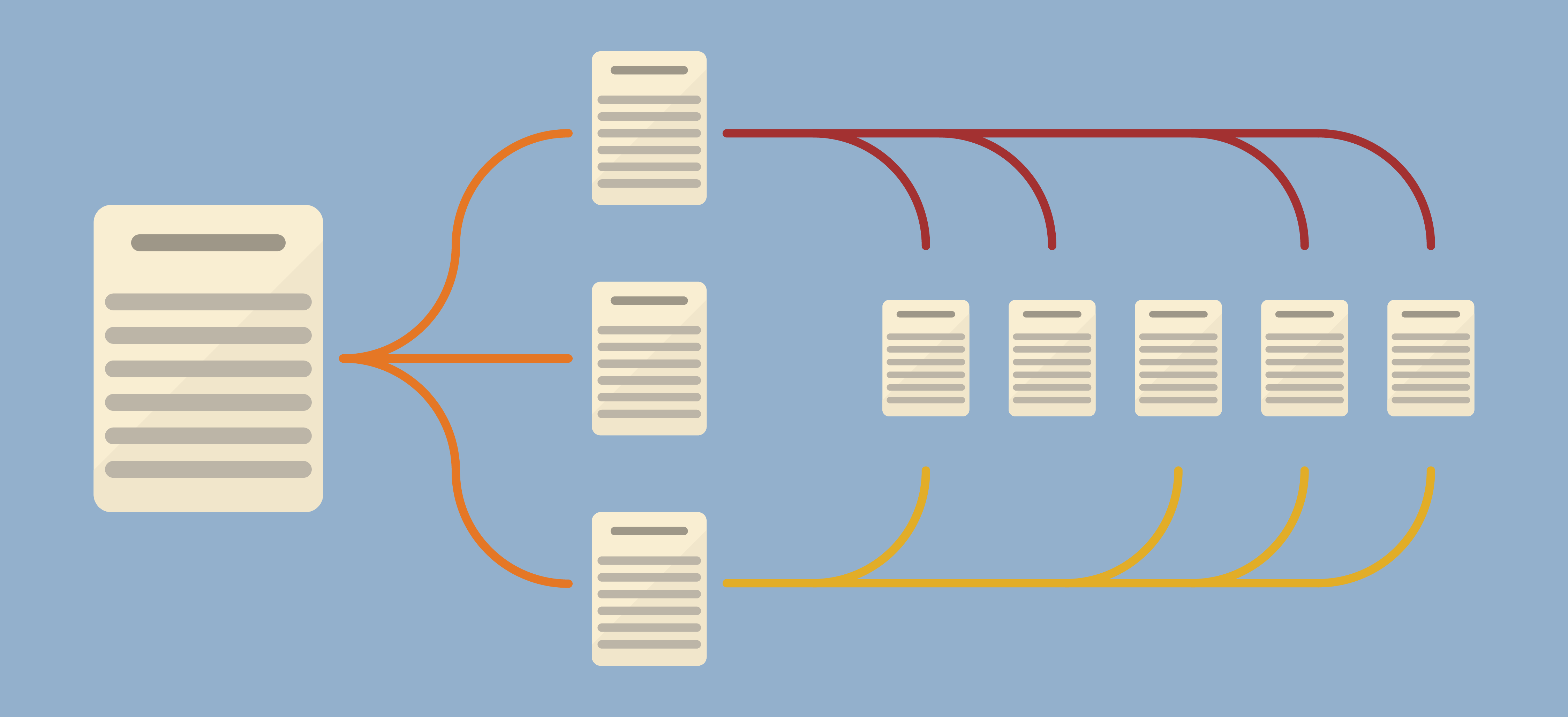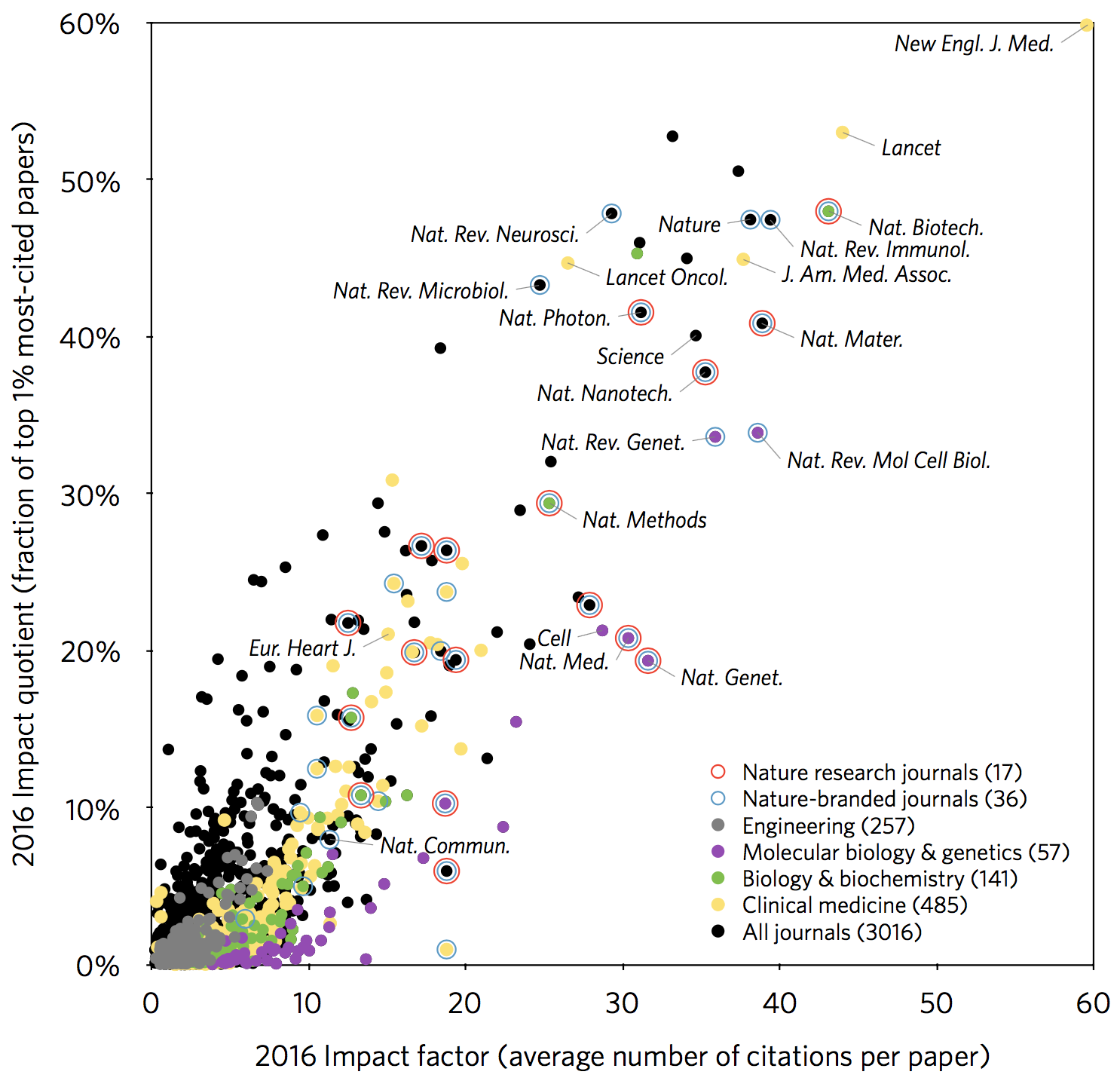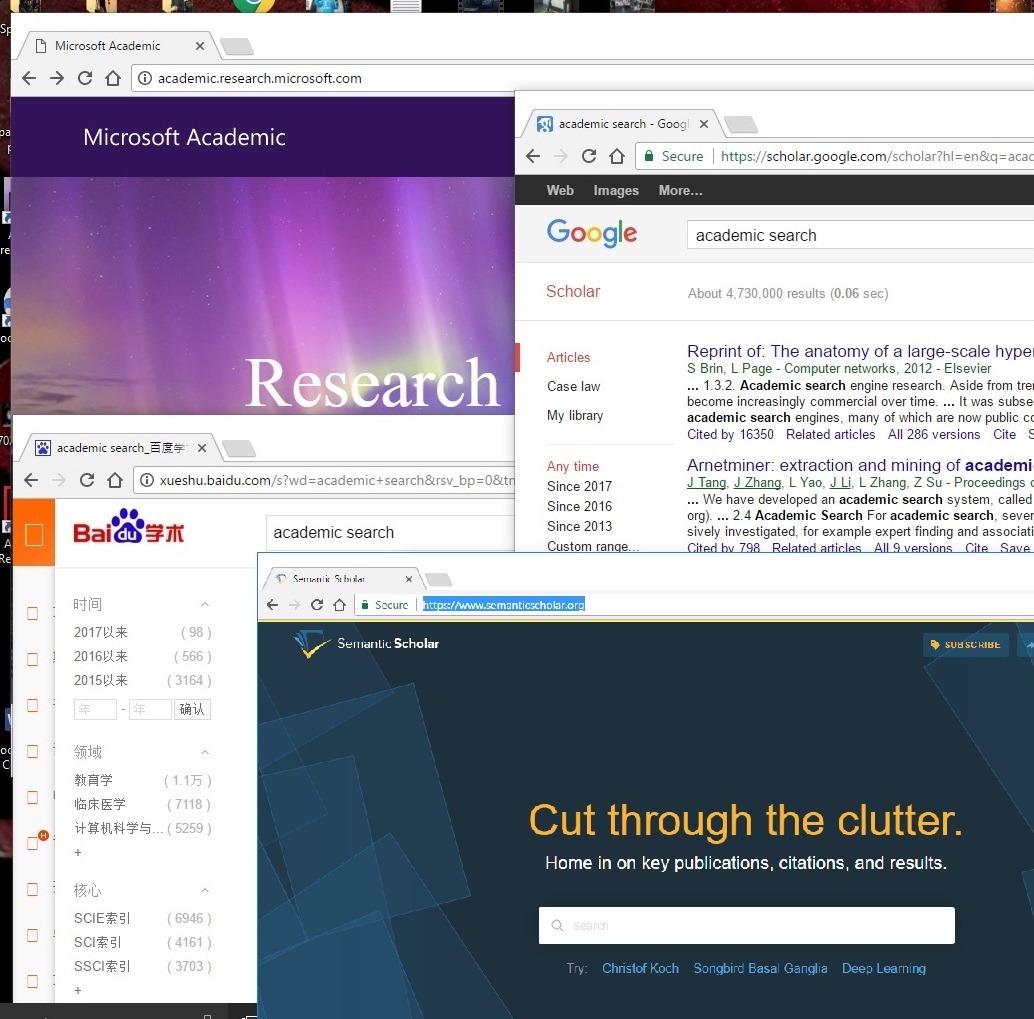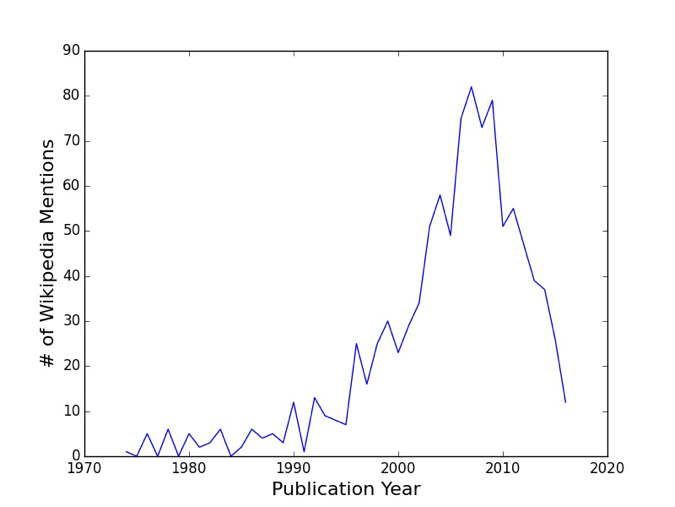Send us a link
Improving the Measurement of Scientific Success by Reporting a Self-Citation Index
Improving the Measurement of Scientific Success by Reporting a Self-Citation Index
Self-citations, if left unchecked, can have a negative impact on the scientific workforce, the way that we publish new knowledge, and ultimately the course of scientific advance.

Nature Index 2017 Innovation: Lens Score
Scholarly work cited in patent literature and the value of the patents as perceived by the applicants of 200 leading global research institutions.
Science With No Fiction: Measuring the Veracity of Scientific Reports by Citation Analysis
Science With No Fiction: Measuring the Veracity of Scientific Reports by Citation Analysis
We propose to use an approach that yields a simple numerical measure of veracity, the R-factor, by summarizing the outcomes of already published studies that have attempted to test a claim.

A Simple Proposal for the Publication of Journal Citation Distributions
Although there are differences among journals across the spectrum of JIFs, the citation distributions overlap extensively, demonstrating that the citation performance of individual papers cannot be inferred from the JIF.
Text Mining of 15 Million Full-Text Scientific Articles
An analysis of 15 million English scientific full-text articles published during the period 1823-2016.
The New Configuration of Metrics, Rules, and Guidelines Creates a Disturbing Ambiguity in Academia
The New Configuration of Metrics, Rules, and Guidelines Creates a Disturbing Ambiguity in Academia
The bibliometric system and the rules which accompany it have created an environment in which many if not most researchers can be identified as transgressors.

Availability of Open Reference Data Nears 50% as Major Societies and Influential Publishers Endorse the Initiative for Open Citations
Availability of Open Reference Data Nears 50% as Major Societies and Influential Publishers Endorse the Initiative for Open Citations
In the three months following the Initiative for Open Citations' launch, the percentage of articles with open reference data has moved from 40% to over 45%.
Me, Myself, and I: Self-Citation Rates Are Higher in Individualist Cultures Than in Collectivist Cultures
Me, Myself, and I: Self-Citation Rates Are Higher in Individualist Cultures Than in Collectivist Cultures
Authors from western, individualist cultures are more likely to use many self-citations than authors from more collectivist cultures.
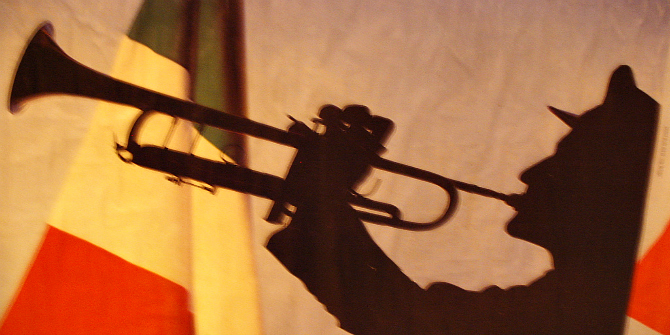
Pressure to Publish in Journals Drives Too Much Cookie-Cutter Research
Evaluating academic performance on the basis of journal publications is skewing research priorities. This does our public funders a disservice.

Citations Are Not Enough
Academic promotion panels must take into account a scholar’s presence in popular media.

Can the Journal Impact Factor Be Used as a Criterion for the Selection of Junior Researchers?
Clarivate Analytics Announces Landmark Partnership with Impactstory
Novel public/private partnership connects researchers to verified versions of an estimated 18 million new open access articles from Web of Science.

Metrics for Openness
The characterization of scholarly communication is dominated by citation-based measures. In this paper we propose several metrics to describe different facets of open access and open research.
Does Journal Suppression Reduce Self-Citation?
Journal suppression is an effective tool for reducing high rates of self-citation, even years after a title is reintroduced.
Microsoft Academic Is on the Verge of Becoming a Bibliometric Superpower
Last year, the new Microsoft Academic service was launched. Sven E. Hug and Martin P. Brändle look at how it compares with more established competitors such as Google Scholar, Scopus, and Web of Science.

The ResearchGate Score: A Good Example of a Bad Metric
A significant weight is linked to ‘impact points’ – a similar metric to the widely discredited journal impact factor.

Reverse Engineering JCR's Self-Citation and Citation Stacking Thresholds
Now we know how suppression decisions are made, should metrics companies suppress titles at all or simply make the underlying data more transparent?

How Much Citation Manipulation Is Acceptable?
Is citation manipulation a moral problem or an accounting problem?
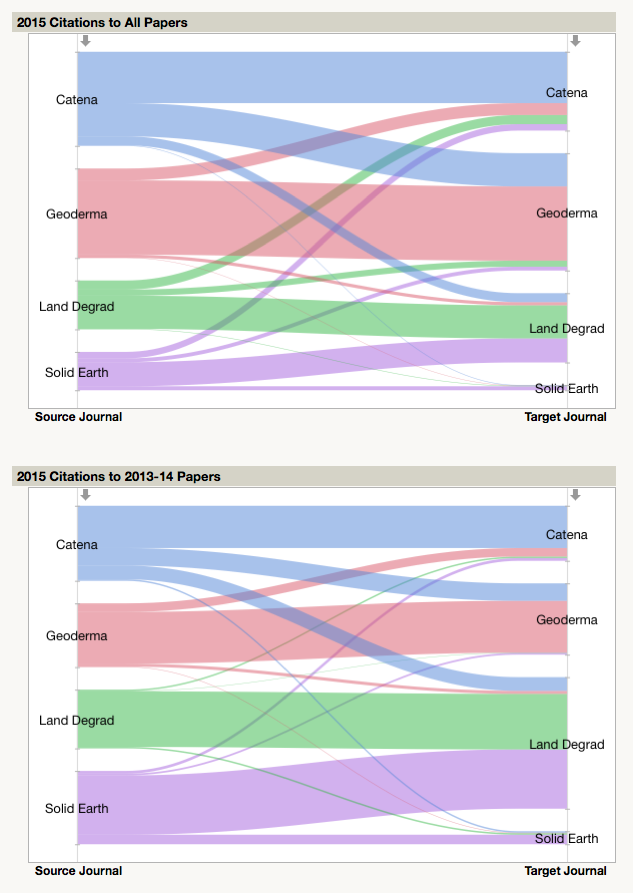
Is the Nature Index at Odds with DORA?
We find Nature Research's critical attitude towards journal impact factors, embodied in its signing of the San Francisco Declaration on Research Assessment (DORA; Nature 544, 394; 2017), to be inconsistent with the aims of its Nature Index.
